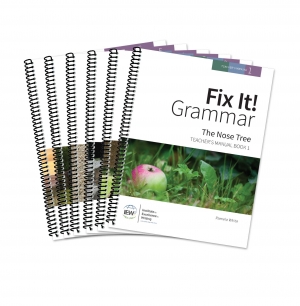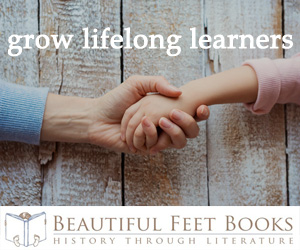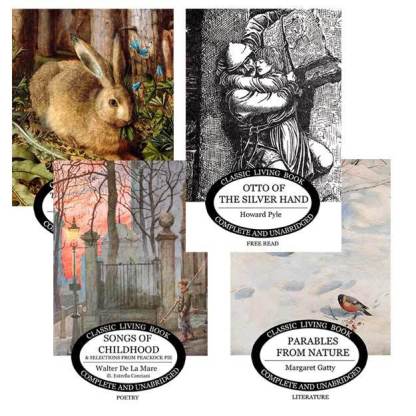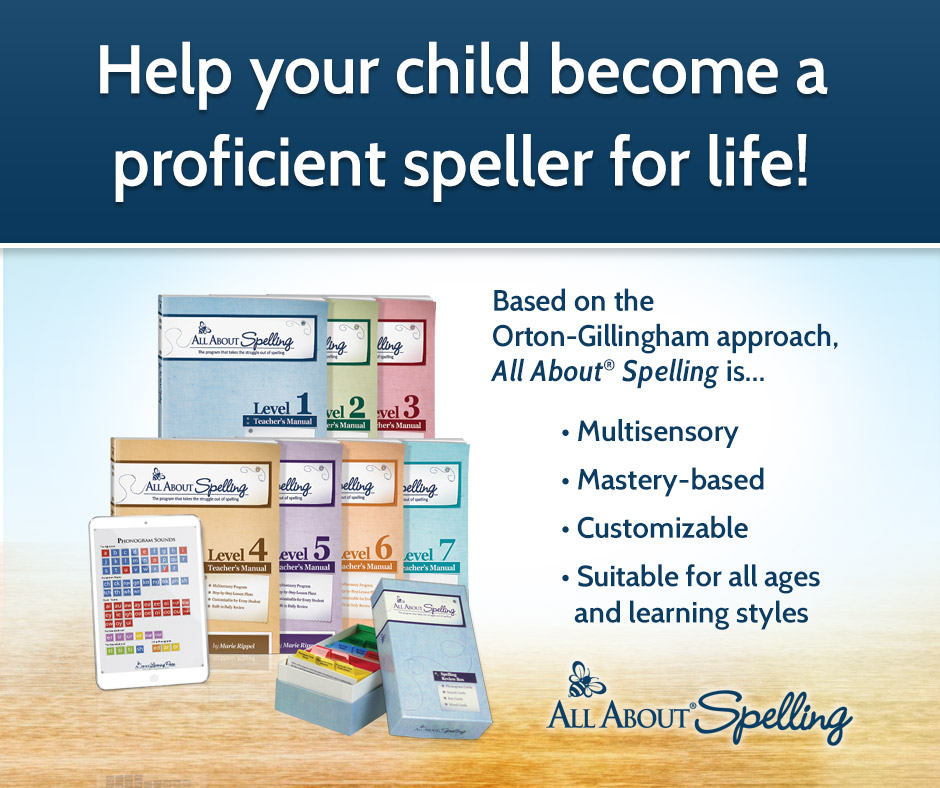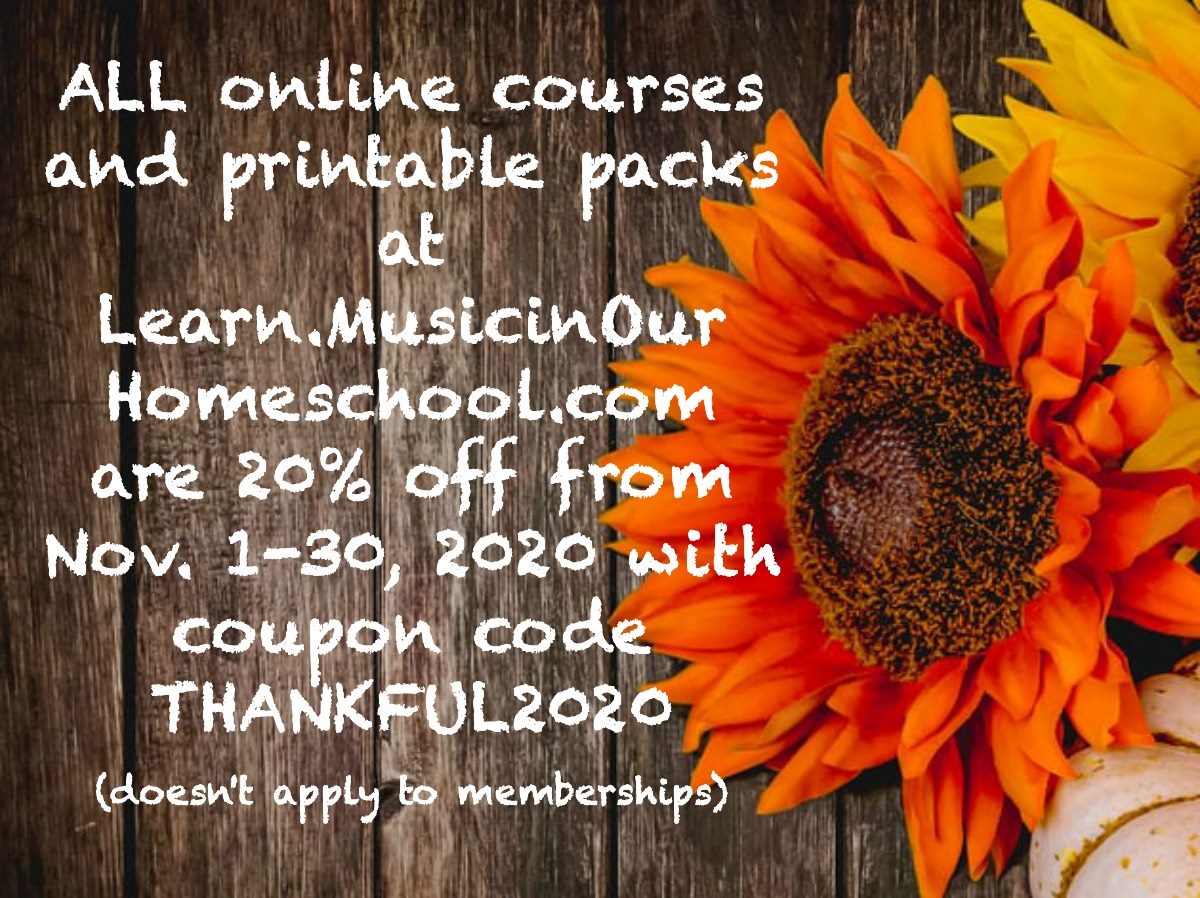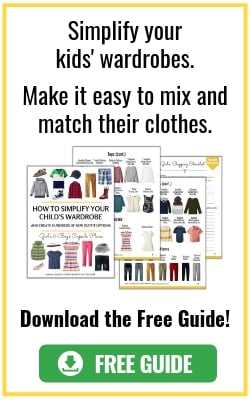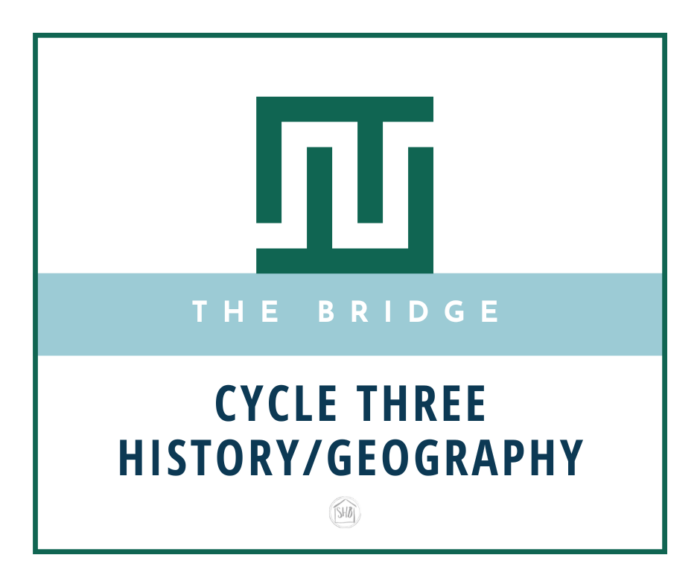
Since I’m a history buff (church history major in college, lifelong non-fiction reader – that’s me), my favorite place to start each year of the Bridge planning has been history. This may be because I view Classical Conversations cycles in their historical context first. I have yet to meet another CC mom who frames the discussion of the cycles around science.
The hardest task in creating the Bridge between the Classical model – in the form of Classical Conversations, and Charlotte Mason – in the form of Ambleside Online – is the History. Charlotte Mason advocated a very specific approach to history learning which stands in direct opposition to the approach of CC.
This post may include affiliate links. If you click and make a purchase based on my recommendation, I get a small remuneration at no extra expense to you. I only recommend things I use and believe to be a blessing.
For starters, Charlotte Mason thought a student’s understanding of history should start with the country in which they were born. AO takes this to mean students ought to start with British history, which is an odd place to start for those of us in the United States. One could make the argument that United States History must begin with British history. And I am good with that. This is why I started my kids in Year 1 of the AO booklists working through the earliest British myths which eventually became history.
However, Classical Conversations unrolls history as a sort of highlight reel, a series of events played out in quick time over a three-year cycle. If Classical Conversations has a starting point, I would say it is the Timeline. Obviously, this approach has its drawbacks, too. The student doesn’t get the full story of any one historical event. Instead, he is given the grand scope of history in a way that truly grounds his mind in esoteric “history.”
History grounds our students in a way no other subject in CC can. It tells them all that has happened in the past in a grand scope (the Timeline) and then intersperses the scope with some tiny factoids about events in history. Charlotte Mason grounds the students, as well, but in a much different way.
What We Have Done in Early Elementary with CC and CM
If you have been following along with either Classical Conversations or Ambleside Online in the early elementary years, you have likely discovered just how difficult it is to reconcile these two approaches.
Slow and steady – relatively deep in content and context
OR
lightning-fast – rather shallow and broad
In the early years, we allowed the CM approach to take the driver’s wheel in teaching history. That is not to say we have neglected the Timeline or the history memory work in the CC cycles. Rather we have used the memory work for what it is designed to be: anchors or pegs.
What this looks like is relatively simple. We review the memory work for CC during the week – singing songs, playing games, etc. Then as we are reading the meatier stuff of Charlotte Mason-inspired books, we delight in “the knowing” – of random places on a map, figures of the history sentences, and events on a timeline. We take the time to notice when we know something – no matter how small. We will literally stop what we are reading and sing a song. Or we will simply say, “Hey, we know what that is!”
In this case, the CC work is doing what it has promised to do – provide the pegs on which to hang the greater contexts, the more detailed story. CC has built the structure of the massive storehouse of knowledge called “History.” AO has delivered various stories and details that fill the details of that storehouse.
CC has also provided passageways from one storehouse to the next. “Science” is right next to “History” and “Literature” sits right door, with “Grammar” on the other side. All this – the massive structure and the more minute details – have worked together to build the knowledge and understanding of my early elementary students. Yes, I am viewing this storehouse compound as a circle. Still with me?
Ambleside Online, too, has met its mandate – to bring “a life of rich relationships with everything around them: God, humanity, and the natural world.” My students become aware of the connections inherent in all of life and learning. They literally see them on their own, not because they are solely reading the living literature; but also because they see how what they learn in CC is connected to what they are learning in the rest of our homeschool pursuits. In fact, it ends up being rather seamless – surprisingly so.
Why Not Keep at this Two-Pronged Approach?
This seems to work so well, you might be wondering why I would get off of the two-conductor train I have constructed for myself. As I started to look ahead to the Challenge (or middle school and high school) years, I got more uncomfortable with the discrepancies between the two approaches. I wanted to figure out a way to introduce American History in my homeschool at the same time we were doing Cycle 3 – not by coincidence. The circumstances worked out rather well when my oldest student was doing Year 4 during Cycle 3 (last time). But Year 5 of AO continues down the American History trail, while Cycle 1 takes my kids back to Ancient History.
Would there still be connections to be made? Yes, absolutely! I have seen it too many times to think otherwise. However, I started dreaming of a sort of fully immersive curriculum. When CC was focusing on ancient history, I wanted to be reading CM/AO-inspired living books to my kids focused on ancient history, too. Then when CC is focused on the United States, I wanted to be able to dive into the living books in those areas, as well.
With a bit of reworking and compromise, I felt I could structure a Bridge between the two choices of CC and CM.
How the Bridge Works
As I said, this Bridge is for the upper elementary years. Classical Conversations calls these years the Essentials years. Ambleside Online calls these Years 4 through 6. The idea is for my students to start the Bridge in their first year of upper elementary. No matter which Classical Conversations cycle we are going through, the books and resources will be the same. I have selected books from all three of the AO years (4-6) and some other books from years 3, 3.5, and 7. Other books are taken from the readings for Challenge.
Thus, some of the books for a fourth-grader entering the Bridge will be “stretching” books. What stretches a fourth-grader will be appropriate books for fifth-graders and sixth-graders going through the Bridge that same year. Regardless of the age-grade level of the books, there will typically be fewer books per term and per year than Ambleside Online would have. Where AO would recommend upwards of 7 history textbooks for a year plus geography and biography, 5 science books plus biographies, and 4 novels plus other literature, I am only scheduling one or two books in each of those categories per term.
I am going to only refer to the cycle number of Classical Conversations in naming the elements of the Bridge. This program is intended for 4th-6th graders. The only thing that changes each year is the cycle.
The previous two years of the Bridge worked out beyond my wildest hopes! My kids thrived in the readings, loved the books, and enjoyed working together in conversation with one another about the subject matter.
Terms
There will be three terms per year, set up as 12-week terms. The first term of Cycle Three focuses on early American History. Term 2 will focus on the American Expansion and the Civil War. Lastly, Term 3 will focus on the period after the Civil War leading into World War I.
I feel like I have a LOT of prefatory remarks about this Bridge. Keep in mind I am trying to answer all the questions which have come to me over the past two years. However, I am sure others will have more questions. Please ask away!
If you are like me and want to read even more, I’ve got you! Here are the other articles I have written specific to the Bridge:
- Combining Classical Conversations & Charlotte Mason in Upper Elementary
- Charlotte Mason in our Classical Homeschool
The Bridge – History & Geography Cycle Three
So without further ado, here’s how I am breaking down history/geography for Cycle Three.
History Books
This year, as with most other years, I was hoping to discover a “spine” text for American history. There are some options included in the Ambleside Online reading lists, but those are primarily used in the early elementary or upper secondary years. I wanted to find one that would fit the worldview, as well. I have had the Peter Marshall & David Manuel U.S. History trilogy on my bookshelves for decades. Although they are not perfect history books, I do think they will ground my students in American history with an understanding of God’s role in history.
I love the Genevieve Foster books we have read for the past two cycles. They are a wonderful mix of history and mini-biographies. My students are able to read them as independent reading, sort of a daily history reading. The final two books are a sort of preview of the CC Challenge years. One is a text the students will see again in their Challenge years. The other is written by the author of Whatever Happened to Penny Candy – it is part of the “Uncle Eric” series. I wish I could have also added his World War II book (as it provides details regarding the history of the entire 20th century our kids desperately need. Sadly the limits of time do not allow its inclusion. However, I think his World War I book will provide ample historical and geographical context for my students. Here’s the list of books for history for Cycle Three.
- The Light and the Glory for Young Readers by Peter Marshall & David Manuel
- From Sea to Shining Sea for Young Readers by Peter Marshall & David Manuel
- Sounding Forth the Trumpet for Young Readers by Peter Marshall & David Manuel
- Abraham Lincoln’s World by Genevieve Foster
- The Year of the Horseless Carriage 1801 by Genevieve Foster
- Narrative of the Life of Frederick Douglass
- World War I by Richard J. Maybury
Geography Books
I truly believe history and geography are interconnected, providing context and setting for one another. Thus, I separated out the geography books but included them in this history post. If you have been following the Bridge for the past couple of years, you will likely remember the Book of Marvels: the Orient fondly. My students loved that book during the Ancients cycle – Cycle One. This year, we will return to Halliburton to explore the sights of America after we cross the west with Lewis and Clark in Term 1. Here are the Geography books for the Bridge Cycle Three:
The Schedule for History/Geography for Cycle Three
I am still working on putting all this into a printable schedule for you. Instead of releasing the schedules individually, I will be creating an overall master schedule similar to the ones you will find in AO. Look for that very soon.
Following the Bridge
Are you interested in hearing more about this Bridge? You can get updates and extras when you sign up to get my emails. I have a specific email list for you. Here’s the sign up.
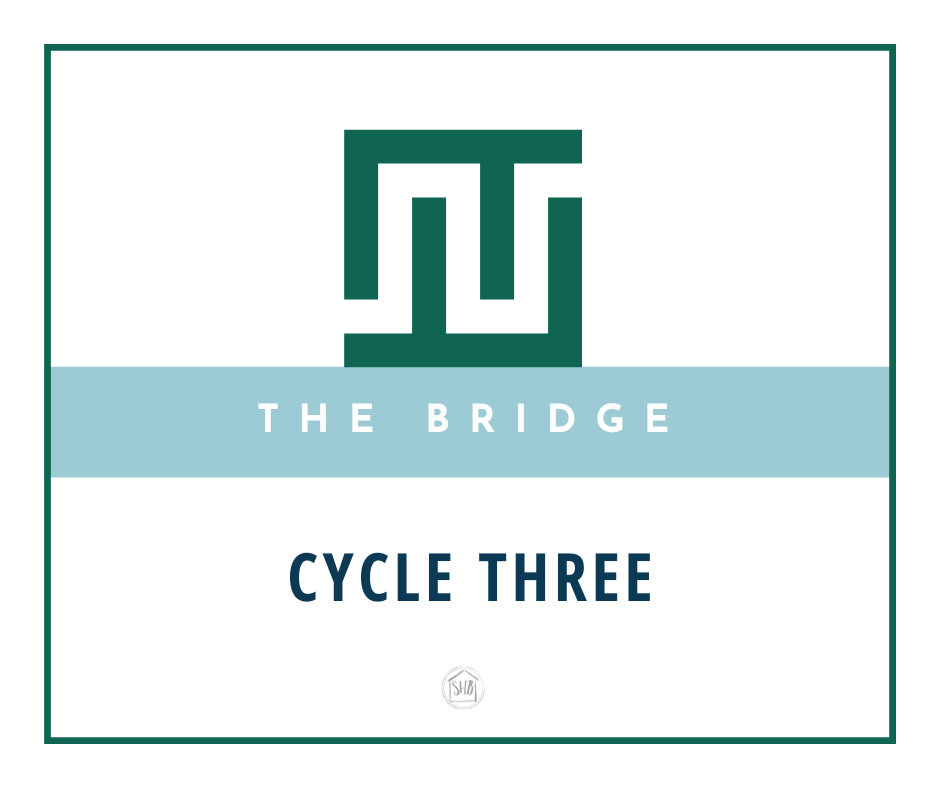
Looking to continue navigating the paths between Charlotte Mason and Classical philosophies in the upper elementary years? Please sign up here. If you are already a subscriber, it will NOT double-subscribe you.




